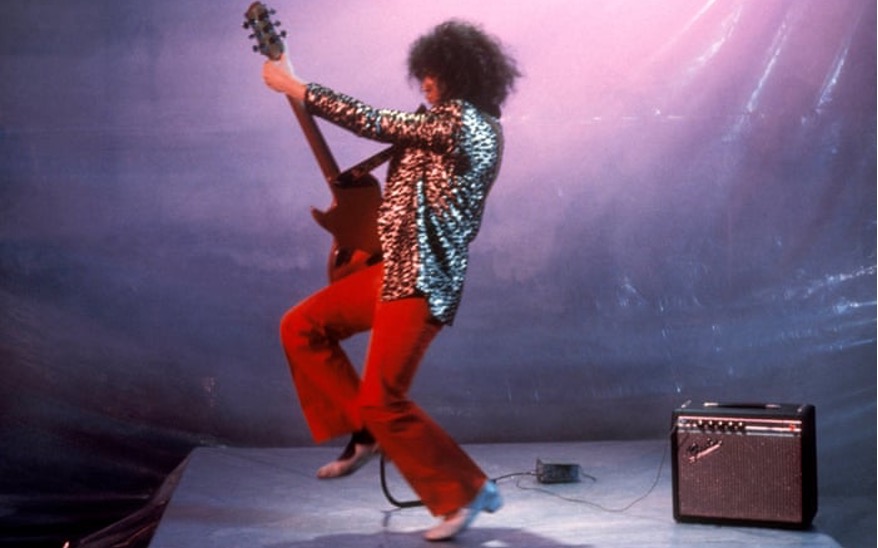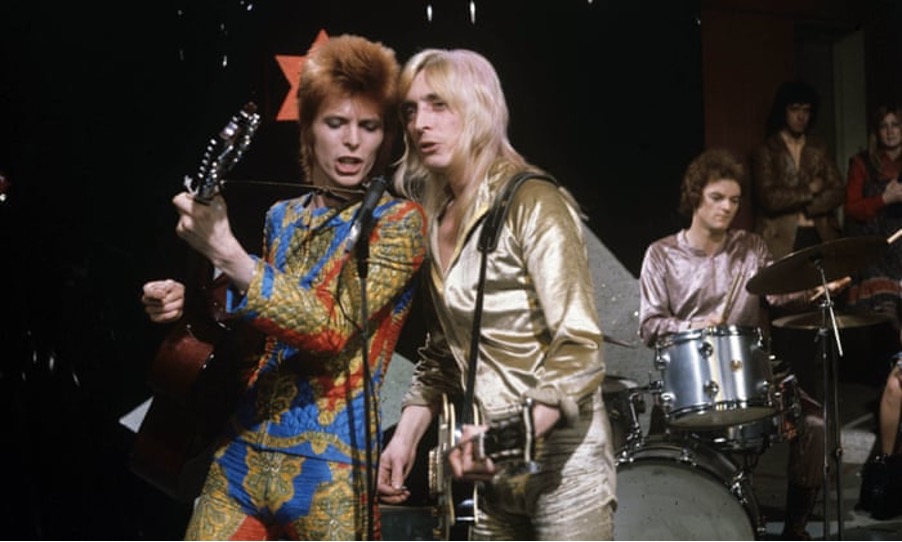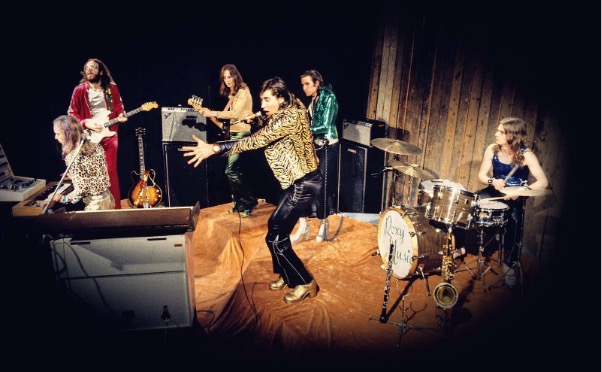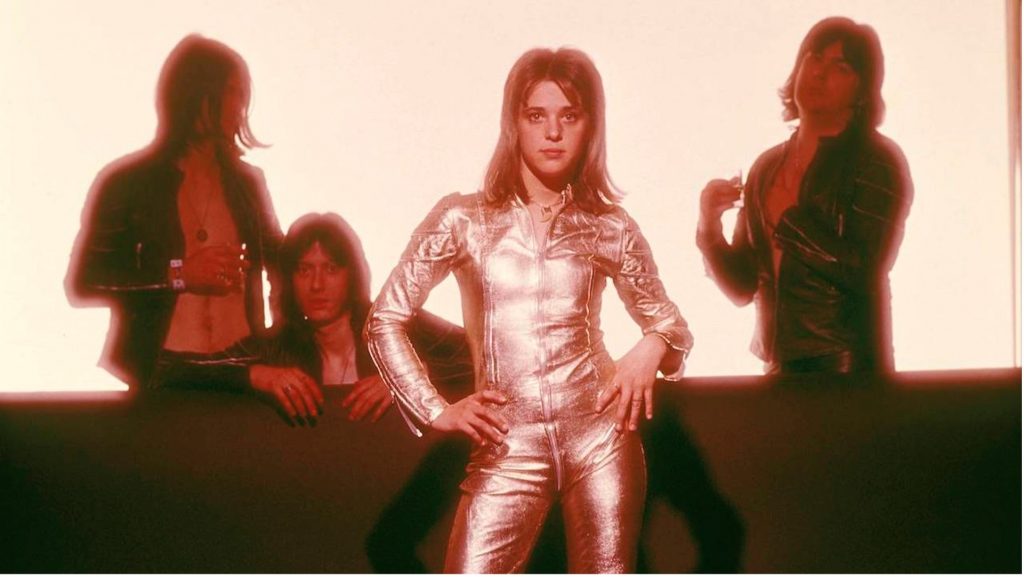
By Kate May
A genre characterised by its outrageous style and theatrics, glam rock emerged during the early 1970s. Glam rock wasn’t just about its music (marked by hard-rock and pop sounds); the genre was as much about its flamboyant get-ups and melodramatic on-stage performances. Drawing inspiration from a myriad of sources like cabaret and science fiction, glam rock blurred gender norms and pushed conventional style boundaries to the max. At the heart of the movement was its “Holy Trinity”: Marc Bolan, David Bowie and Roxy Music.
Bolan v Bowie
The birth of glam rock is often attributed to Marc Bolan’s mesmerising 1971 performance of “Hot Love” on BBC’s Top of the Pops. Adorned in glitter, satin and with big fuzzy hair, he left his audience spellbound. Bolan, with his band: T-Rex, captivated fans with a series of hits including ‘Get it On,’ ‘Jeepster,’ ‘Metal Guru,’ and ‘Children of the Revolution.’ With these and the release of Electric Warrior, he left an indelible mark as “the man who started it all.”

Yet – and this is a highly disputed ‘yet’- there’s another contender for this title – David Bowie, whose repulsive need to be something more than human arguably ignited the glam rock revolution. While I admit my bias as a fervent Bowie admirer, it’s hard to dismiss the compelling case that Bowie could be glam rock’s true progenitor. A year before Bolan’s Top of the Pops performance, Bowie and his band Hype debuted at London’s Roundhouse. Their performance, accentuated by satin capes, silver belts, leotards, makeup, and leather boots, was electrifying. Bolan, despite later denying attending this concert, was spotted in photographs gazing upon Bowie’s proto-glitter ensemble. So then, perhaps it was the performance at the Roundhouse that triggered Bolan’s “eureka moment.”
Two years later, Bowie introduced the world to his alter ego: Ziggy Stardust, the fictional alien saviour. Ziggy’s story, as explained by Bowie in a Rolling Stone interview, is a riveting tale of prophecy, salvation, and self-belief. The enduring appeal of Ziggy Stardust, the character from my most cherished album The Rise and Fall of Ziggy Stardust cannot be overstated, and it serves as a timeless symbol of the glam rock movement itself.

Whether Bolan or Bowie was the true genesis of glam rock remains debatable, but their lasting influence on the movement is undeniable.
The Legacy
No discussion on glam rock would be complete without mentioning Roxy Music, the brainchild of Brian Ferry. Despite the high bar set by Bowie and Bolan, Roxy Music gifted the 70s some of its most aesthetically pleasing music. Their eponymous debut LP in 1972 included hits such as ‘Virginia Plain,’ ‘If There Is Something,’ and ‘Ladytron,’ on which they even credited their makeup artist and stylist, challenging rock’s then anti-fashion attitude.

Another honourable mentioned is deserved by Suzi Quatro, known for her androgynous style and raunchy stage presence. She refused to fit into gender norms, played the bass – seen as a predominantly male instrument in her time – and never wore makeup on-stage. Dubbing herself a “strange animal,” her glam rock attitude and style kicked down the door for many women in rock music.

But, instead of listing all the bands that were influenced by the genre, I invite you to settle down with your headphones on (or your earphones in) and immerse yourself in the glitter and flamboyance of glam rock with my specially curated playlist: